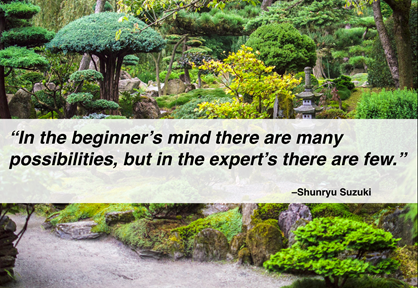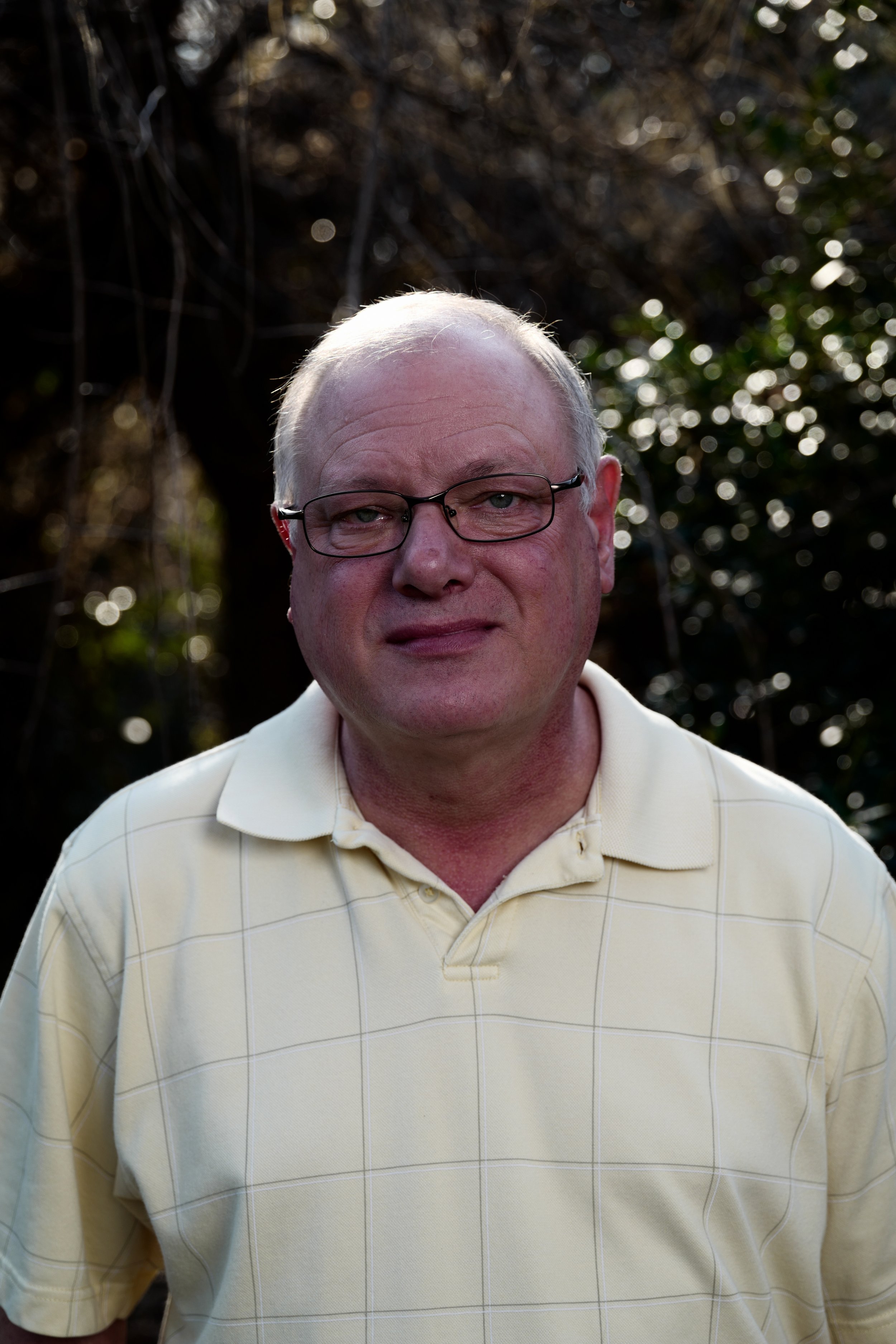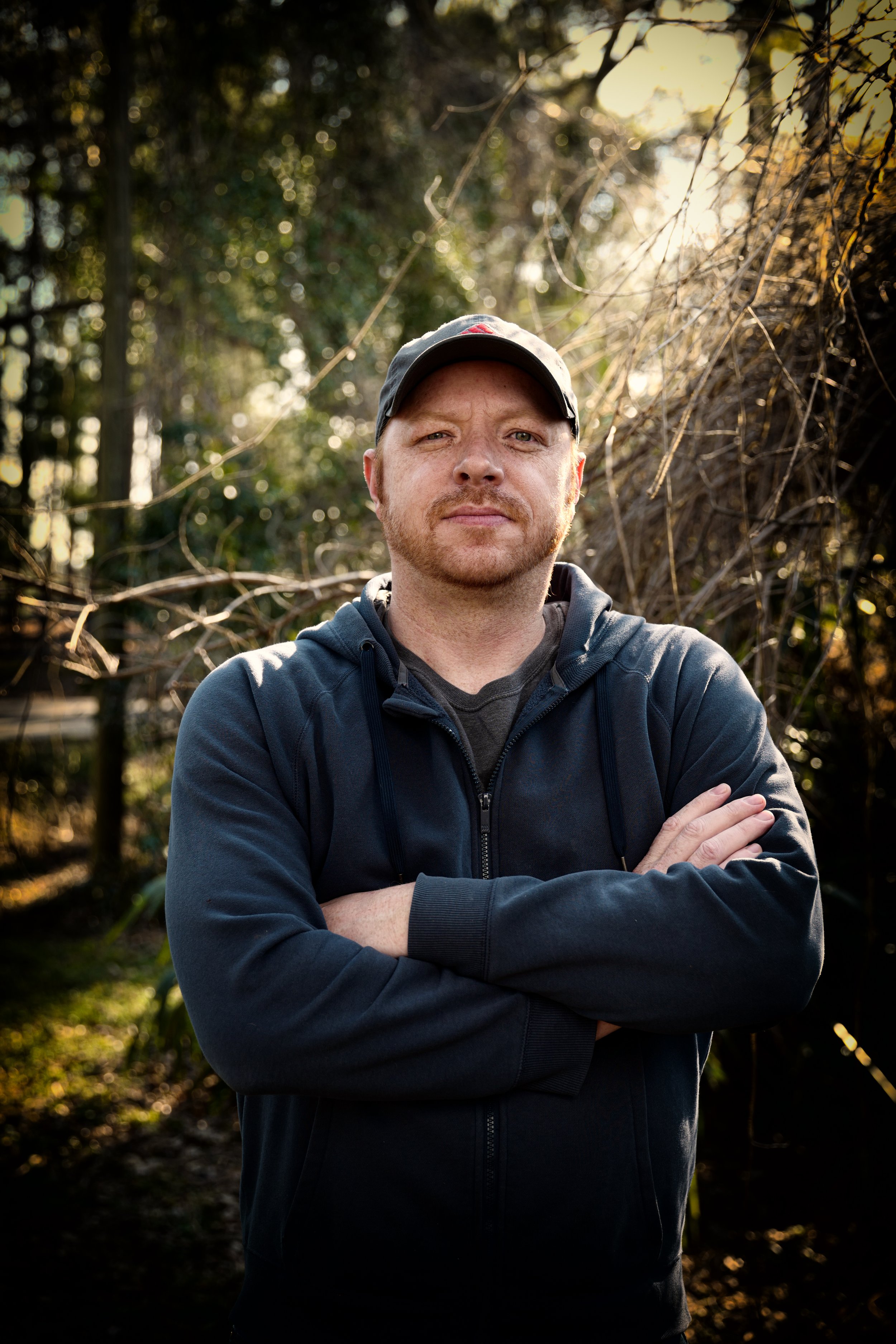Spectrophotometers Things To Know Before You Get This
Table of ContentsThe 6-Minute Rule for Circular DichroismIndicators on Uv/vis You Should KnowSome Known Details About Uv/vis/nir The 10-Minute Rule for Uv/vis10 Simple Techniques For SpectrophotometersWhat Does Spectrophotometers Do?Some Ideas on Circularly Polarized Luminescence You Need To KnowThe Best Strategy To Use For Circularly Polarized LuminescenceOur Circular Dichroism DiariesUnknown Facts About SpectrophotometersCircular Dichroism Can Be Fun For EveryoneExamine This Report about Uv/vis/nirThe Of Uv/vis
It is then scanned through the sample and the recommendation options. Fractions of the incident wavelengths are transferred through, or shown from, the sample and the recommendation. Electronic circuits transform the relative currents into linear transmission percentages and/or absorbance/concentration values.The transmission of a recommendation substance is set as a baseline (datum) value, so the transmission of all other compounds are recorded relative to the initial "zeroed" substance. The spectrophotometer then converts the transmission ratio into 'absorbency', the concentration of specific elements of the test sample relative to the preliminary substance.
Since samples in these applications are not readily offered in big quantities, they are particularly matched to being examined in this non-destructive method. In addition, valuable sample can be conserved by utilizing a micro-volume platform where as low as 1u, L of sample is required for total analyses. A brief description of the procedure of spectrophotometry consists of comparing the absorbency of a blank sample that does not contain a colored compound to a sample which contains a colored compound.
The Single Strategy To Use For Circularly Polarized Luminescence
In biochemical experiments, a chemical and/or physical residential or commercial property is selected and the procedure that is used is specific to that property in order to derive more information about the sample, such as the amount, pureness, enzyme activity, and so on. Spectrophotometry can be utilized for a variety of methods such as identifying ideal wavelength absorbance of samples, determining ideal p, H for absorbance of samples, figuring out concentrations of unidentified samples, and determining the p, Ka of numerous samples.: 21119 Spectrophotometry is likewise a useful process for protein purification and can also be utilized as an approach to develop optical assays of a compound.
It is possible to understand the concentrations of a 2 component mix utilizing the absorption spectra of the standard services of each element. To do this, it is needed to understand the termination coefficient of this mix at two wave lengths and the extinction coefficients of services which contain the recognized weights of the two elements.

See This Report about Uv/vis
Region. The concentration of a protein can be approximated by determining the OD at 280 nm due to the presence of tryptophan, tyrosine and phenylalanine.
This approach needs a spectrophotometer capable of determining in the UV region with quartz cuvettes.: 135 Ultraviolet-visible (UV-vis) spectroscopy includes energy levels that delight electronic transitions. Absorption of UV-vis light thrills molecules that are in ground-states to their excited-states.
20. 8 O.D. Ink producers, printing companies, fabrics vendors, and much more, require the data provided through colorimetry. They take readings in the area of every 520 nanometers along the noticeable region, and produce a spectral reflectance curve or an information stream for alternative presentations. These curves can be used to evaluate a new batch of colorant to check if it makes a match to requirements, e.
Some Of Uv/vis/nir
Conventional visible area spectrophotometers can not detect if a colorant or the base material has fluorescence. This can make it difficult to handle color problems if for example one or more of the printing inks is fluorescent. Where a colorant contains fluorescence, a bi-spectral fluorescent spectrophotometer is utilized (https://www.callupcontact.com/b/businessprofile/Olis_Clarity/8903776). There are two major setups for visual spectrum spectrophotometers, d/8 (round) and 0/45.
Scientists use this instrument to measure the quantity of substances in a sample. In the case of printing measurements 2 alternative settings are frequently utilized- without/with uv filter to manage much better the impact of uv brighteners within the paper stock.
See This Report on Circularly Polarized Luminescence
Some applications need little volume measurements which can be performed with micro-volume platforms. As explained in the applications area, spectrophotometry can be used in both qualitative and quantitative analysis of DNA, RNA, and proteins. Qualitative analysis can be utilized and spectrophotometers are used to tape-record spectra of compounds by scanning broad wavelength areas to determine the absorbance properties (the intensity of the color) of the compound at each wavelength.

The 5-Second Trick For Uv/vis/nir
One major element is the type of photosensors that are available for different spectral regions, but infrared measurement is also tough because essentially whatever discharges IR as thermal radiation, especially at wavelengths beyond about 5 m. Another complication is that quite a few materials such as glass and plastic absorb infrared, making it incompatible as an optical medium.
Samples for IR spectrophotometry may be smeared between two discs of potassium bromide or ground with potassium bromide and pushed into a pellet. Where liquid services are to be measured, insoluble silver chloride is utilized to construct the cell. Spectroradiometers, which operate nearly like the visible region spectrophotometers, are designed to measure the spectral density of illuminants. Retrieved Dec 23, 2018. Fundamental Lab Approaches for Biochemistry and Biotechnology (2nd ed.). The resource essential guide to analytical chemistry.
Oke, J. B.; Gunn, J. E.
The Definitive Guide to Uv/vis

1021/ac50048a728. ISSN0003-2700. Ninfa AJ, Ballou DP, Benore M (2015 ). Essential Lab Techniques for Biochemistry and Biotechnology (3, rev. ed.). Hoboken, NJ: Wiley & Sons. p. 77. ISBN9780470924525. OCLC915641828. "Totally Automatic Double Beam - Atomic Absorption Spectrophotometer (AA 8000)". Lab Devices. Labindia Analytical Instruments Pvt. Ltd. "Spectrophotometry Applications and Basics".
The Only Guide for Uv/vis/nir
"Applied Spectrophotometry: Analysis of a Biochemical Mixture". Biochemistry and Molecular Biology Education. Journal of Biochemistry Education.
All About Uv/vis
U.S. Department of Commerce National Bureau of Standards special publication; 378. Washington, D.C.: U.S. National Bureau of Standards. p. 2. OCLC 920079.
The procedure starts with a controlled source of light that illuminates the evaluated sample. In the case of reflection, as this light connects with the sample, some is soaked up or released. The emitted light travels to the detector, which is evaluated, quantified, and provided as industry-standard color scales and indices.
Market governing bodies usually specify particular metrics for particular products, such as Tomato and Coffee indices. The simplified mathematics looks like this: Where R is the reflection coefficient. All terms are evaluated over the visible spectrum from 400 to 700 nm. When it comes to transmission, when the light interacts with the sample, it is either absorbed, reflected, or transmitted.
Everything about Spectrophotometers
Examples consist of APHA (American Public Health Association) for watercolor and purity analysis, ASTM D1500 for petrochemical color analysis, edible oil indices used in food, and color analyses of beverages. The simplified math looks like this:. Where T is the transmission coefficient. All terms are evaluated over the visible spectrum from 400 to 700 nm.
Image Credit: Matej Kastelic/ Dr. Arnold J. Beckman and his colleagues at the National Technologies Laboratories first invented the spectrophotometer in 1940. In 1935 Beckman founded the company, and the discovery of the spectrophotometer was their most ground-breaking creation. Dr. Bruce Merrifield, a Nobel prize-winning biochemist, stated that the invention of the spectrophotometer was "most likely the most crucial instrument ever developed towards the advancement of bioscience." Before the discovery of the spectrophotometer, chemical analyses took weeks to finish, with 25% precision.
What Does Circularly Polarized Luminescence Mean?
99% accuracy. With time, scientists kept improving the spectrophotometer design to enhance its performance. For circumstances, the UV capabilities of the design B spectrophotometer were improved by changing the glass prism with a quartz prism. Eventually, the Design DU was produced, including a hydrogen light and other improvements. This instrument was utilized in industrial labs, clinics, and chemistry and biochemistry departments.
Normally, a spectrophotometer is made up of 2 instruments, namely, a spectrometer and a photometer. A standard spectrophotometer consists of a light source, a monochromator, a collimator for straight light beam transmission, a cuvette to put a sample, and a photoelectric detector.
Excitement About Circularly Polarized Luminescence
There are different types of spectrophotometers in various shapes and sizes, each with its own function or performance. A spectrophotometer figures out how much light is reflected by chemical parts. UV/Vis/NIR. It measures the difference in light strength based on the overall quantity of light introduced to a sample and the amount of beam that travels through the sample service
Based on the instrument's style, the sample is positioned in between the spectrometer and the photometer. After the light is travelled through the sample, the photometer determines its intensity and shows the reading. A spectrophotometer is used to identify the concentration of both colorless and colored solutes in an option. This instrument is used to figure out the rate of a response.
Comments on “5 Easy Facts About Uv/vis Explained”